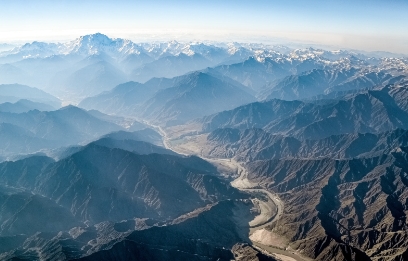Geomorphology is the study of the Earth’s landforms and the processes that shape them.
Understanding the Earth’s Dynamic Landscapes
– Geomorphology helps us understand how landscapes evolve over time.
– It examines the forces of erosion, weathering, and tectonic activity that shape the Earth’s surface.
The Role of Geological Processes
– Geological processes like erosion, weathering, and tectonic activity play a key role in shaping the Earth’s landforms.
– These processes work together to create mountains, valleys, plains, and other landforms.
The Importance of Water
– Water is a powerful force in shaping the Earth’s surface.
– Rivers, glaciers, and oceans all play a role in the erosion and deposition of sediment, which creates landforms like canyons, deltas, and beaches.
The Influence of Tectonic Activity
– Tectonic activity, such as the movement of tectonic plates, can create mountains, volcanoes, and earthquakes.
– This process also plays a role in the formation of other landforms, like rift valleys and ocean basins.
The Impact of Humans
– Human activities, such as mining, urban development, and agriculture, can also shape the Earth’s landscapes.
– Deforestation, pollution, and climate change have a significant impact on geomorphological processes.
In conclusion, geomorphology is a fascinating field that helps us understand the dynamic nature of the Earth’s landscapes. By studying the processes that shape our planet, we can better appreciate the beauty and complexity of the natural world.

